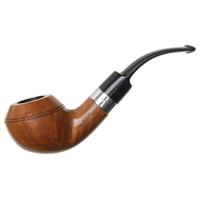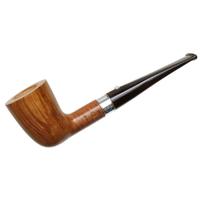The following is my life growing up on a Kentucky tobacco farm. It is a little lengthy, so I'll have to post it in a few sections. Hope you enjoy.
Having been raised on a Kentucky tobacco farm in the 60's, 70's and early 80's, this is my account of the heyday of the King of Crops, Kentucky air cured white burley tobacco. In this time frame, and for many generations before, tobacco was King. Tobacco kept the doors open and the lights on. Small town USA at its finest. Tobacco was the grocery store, the schools, the barber shop, shoe store, car dealer, farm equipment dealer, and yes, even the churches. Practically every dollar, not all, we and some others, were also dairy farmers, but by and large tobacco was king. It kept the small towns and even the larger cities in business. Now the little towns, the schools and churches at the crossroads are boarded up. The equipment dealers are gone, the car dealers likewise. All gone, victims of change, never to return.
My family and most others in this part of northeastern Kentucky, were tobacco farmers. Proud individuals one and all. Knowledgeable, hard working men who learned from their fathers and grandfathers, but who also were not afraid to try new methods as they learned themselves. These are persons of education, men and women of schooling, some with minimal formal education, some with high school and college degrees in agriculture, agronomy, business, and more. All with an education passed on to them from their ancestors, and all with an education in the school of hard knocks. Not only the men or patriarchs if you will, but the women too. Even the children, we were tobacco, that's what we knew. Generations before us were tobacco men and generations after us would be tobacco men. That's what my generation thought, we were wrong.
Kentucky burley is labor intensive. The crop year starts in March or early May, tobacco beds were burnt. This is the process of just what it sounds like. All year, every scrap piece of wood, tree branch, coal, etc. is saved, to be part of a roaring hot fire to be drug along a strip of ground about eight feet wide and as long as necessary in order to sterilize the soil. That is to kill dormant weed seeds in the ground that would compete with young tobacco seedlings. Tobacco seeds are broadcast in this “bed” and covered with thin cotton coverings to be tended, watered and weeded (a dreadful job). This process changed in the 70's, first to eliminate “burning plant beds” and instead used a chemical fumigant to sterilize the soil. Still later, the process was eliminated entirely in favor of plants grown in pods in greenhouses.
Having been raised on a Kentucky tobacco farm in the 60's, 70's and early 80's, this is my account of the heyday of the King of Crops, Kentucky air cured white burley tobacco. In this time frame, and for many generations before, tobacco was King. Tobacco kept the doors open and the lights on. Small town USA at its finest. Tobacco was the grocery store, the schools, the barber shop, shoe store, car dealer, farm equipment dealer, and yes, even the churches. Practically every dollar, not all, we and some others, were also dairy farmers, but by and large tobacco was king. It kept the small towns and even the larger cities in business. Now the little towns, the schools and churches at the crossroads are boarded up. The equipment dealers are gone, the car dealers likewise. All gone, victims of change, never to return.
My family and most others in this part of northeastern Kentucky, were tobacco farmers. Proud individuals one and all. Knowledgeable, hard working men who learned from their fathers and grandfathers, but who also were not afraid to try new methods as they learned themselves. These are persons of education, men and women of schooling, some with minimal formal education, some with high school and college degrees in agriculture, agronomy, business, and more. All with an education passed on to them from their ancestors, and all with an education in the school of hard knocks. Not only the men or patriarchs if you will, but the women too. Even the children, we were tobacco, that's what we knew. Generations before us were tobacco men and generations after us would be tobacco men. That's what my generation thought, we were wrong.
Kentucky burley is labor intensive. The crop year starts in March or early May, tobacco beds were burnt. This is the process of just what it sounds like. All year, every scrap piece of wood, tree branch, coal, etc. is saved, to be part of a roaring hot fire to be drug along a strip of ground about eight feet wide and as long as necessary in order to sterilize the soil. That is to kill dormant weed seeds in the ground that would compete with young tobacco seedlings. Tobacco seeds are broadcast in this “bed” and covered with thin cotton coverings to be tended, watered and weeded (a dreadful job). This process changed in the 70's, first to eliminate “burning plant beds” and instead used a chemical fumigant to sterilize the soil. Still later, the process was eliminated entirely in favor of plants grown in pods in greenhouses.











